Have you ever thought of those beautiful reptiles that move as if they are almost part of the rock and can dive in the water as well? Those are water dragons, and they are good pets if you have time to spend with them.
Content Table
Do water dragons drink water? This post is your one-stop source for water dragon care. We will look at the types of water dragons, their environment, and the conditions that they should be provided within the aquatic enclosure. Following, we’ll answer questions about water dragons and water and give you a care sheet for happy water dragons!
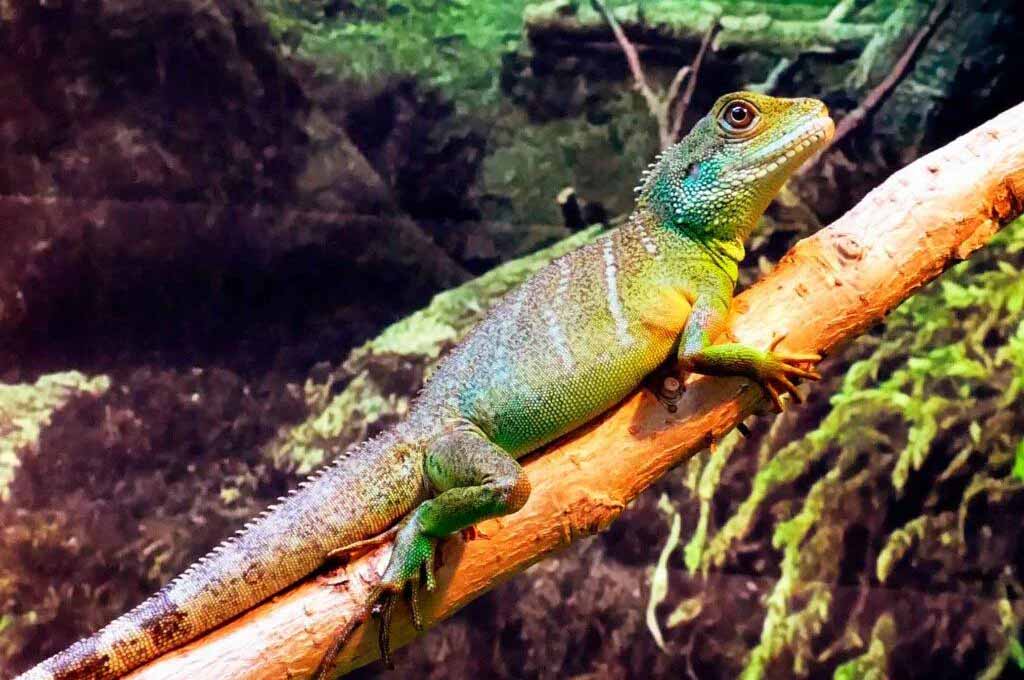
Water dragon
Water Dragon
Water dragons are eye-catching reptiles that are efficient climbers and good swimmers too. They are in the agamid lizard family, and other members include bearded dragons and iguanas. They inhabit places that are close to freshwater sources like rivers, creeks, ponds, and swamps. Water dragons are semi-quad, meaning they spend most of their time jumping from tree branch to tree branch, as well as sunbathing. The large paws, sharp claws, and over-sized limbs allow for easy movement within their natural habitat.
Types of Water Dragon
There are two general categories of water dragons:
Australian Water Dragon (Intellagama lesueurii)
| This beautiful green lizard is found in the eastern part of Australia only. They possess a wide and deep head and have a row of spiky crests running along their back till their tail. It is quite interesting that Australian water dragons are good swimmers and can dive searching for food and staying underwater for up to an hour! | 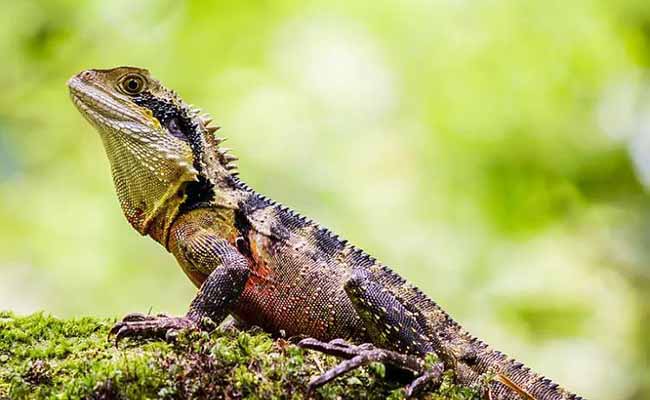 |
Asian Water Dragon (Physignathus coincides)
| Also known as the Chinese water dragon, this emerald green lizard is found in south-eastern Asia. They are a bit smaller than the Australian water dragons, and they have a slim body build and a large spinal crest down their back. They are also able to swim very well and can even dive deep and stay underwater for a maximum of a quarter of an hour. | 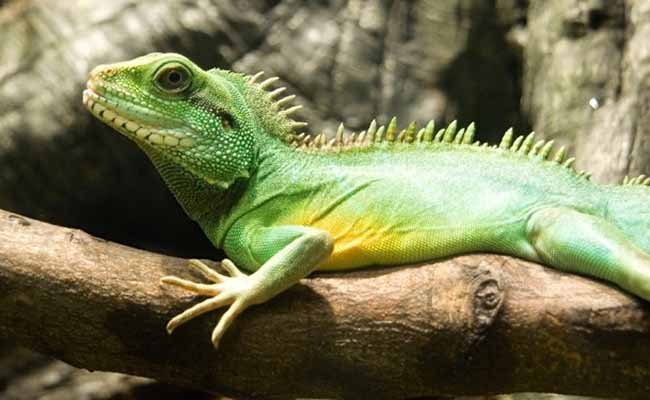 |
Asian Water Dragon
This impressive-looking reptile is also known under the names of the Chinese water dragon, Indochinese water dragon, Thailand water dragon, and green water dragon because its natural habitat includes southern China and mainland Southeast Asia. They are some of the common reptile pets as they exhibit interesting behaviors, have an emerald green color, and are moderate.
Here’s a closer look at these fascinating lizards.
1. Appearance
Adult Asian water dragons are large and muscular, and male grow up to be as long as 36 inches, or even longer than that, including the tail that is longer than seventy percent of their body mass. Females are slightly smaller. Their bodies are laterally compressed with elongated limbs, and sharp claws which enable them to move from one tree branch to the other.
Males & females have a row of spiny crests and rows of enlarged scales along the spine. Two of them are the large and brightly colored throat sacs in the males that they fill when singing or during fights or courtship.
2. Habitat & Diet
Asian water dragons are found in forests close to permanent water sources such as rivers, rainforests, and swamps. They are active during the day, relaxing on trees and in search of food. When threatened, they move to the water where they can hide and can stay underwater for as long as 25 minutes.
The Asian water dragons are carnivorous, and they feed on crickets, grasshoppers, and other kinds of insects. They may also eat small frogs, fish, and other small invertebrates occasionally.
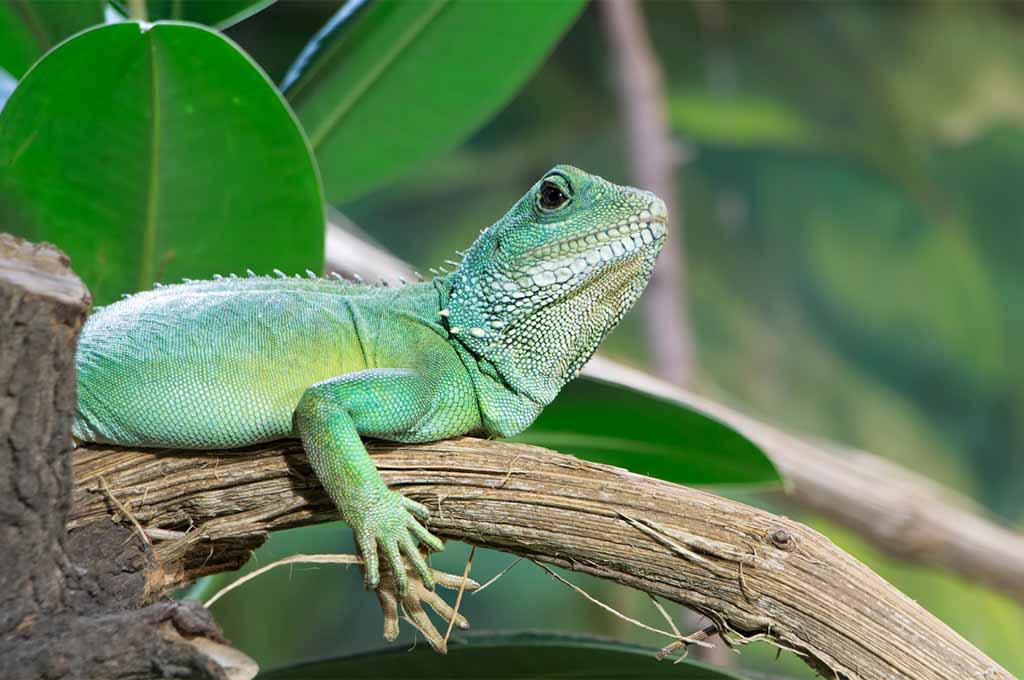
Asian water dragon
Water Dragon Setup
You have made the right decision to have a water dragon as your partner or pet at home! These fascinating beings need to be taken care of properly, and one of the most important aspects of it is housing. Here’s what you need to know about setting up a water dragon enclosure:
1. Enclosure Size
Asian water dragons that are adults require a big enclosure, at least a 55-gallon terrarium or reptile paludarium. This provides them with space through which they can climb, warm themselves, and play.
2. Land and Water
As is clear from their name, these lizards require both terrestrial and aquatic sections of the enclosure. Subdivide the enclosure vertically, allocating approximately 66% of the area to the ground level and 33% of the area to the water body.
3. Land Area
Provide the land area with branches, vines, and climbers for your beloved tree-dwelling animal. Arrange a comfortable basking area equipped with a heat source, preferably a heat lamp, able to maintain a temperature range of 90-95°F (32-35°C). There should be the opposite side somewhere for thermo-regulation. Coconut fiber or reptile bark can be used to control the humidity of the terrarium and offer a digging zone.
4. Water Feature
The water area has to be significant so that a water dragon can swim in it comfortably. Any dish that is not deep won’t work! Make sure the water used is both clear and free from chlorine. It is also advisable to use a water filter for purposes of hygiene. Provide rocks or logs in the water area for basking and the desired parts for climbing out.
5. Lighting
Use UVB lighting to ensure that the reptiles have access to vitamin D3 and calcium by keeping it on for more than twelve hours. It is even better to set a timer to make sure the plant will have its light at the right time without fail.
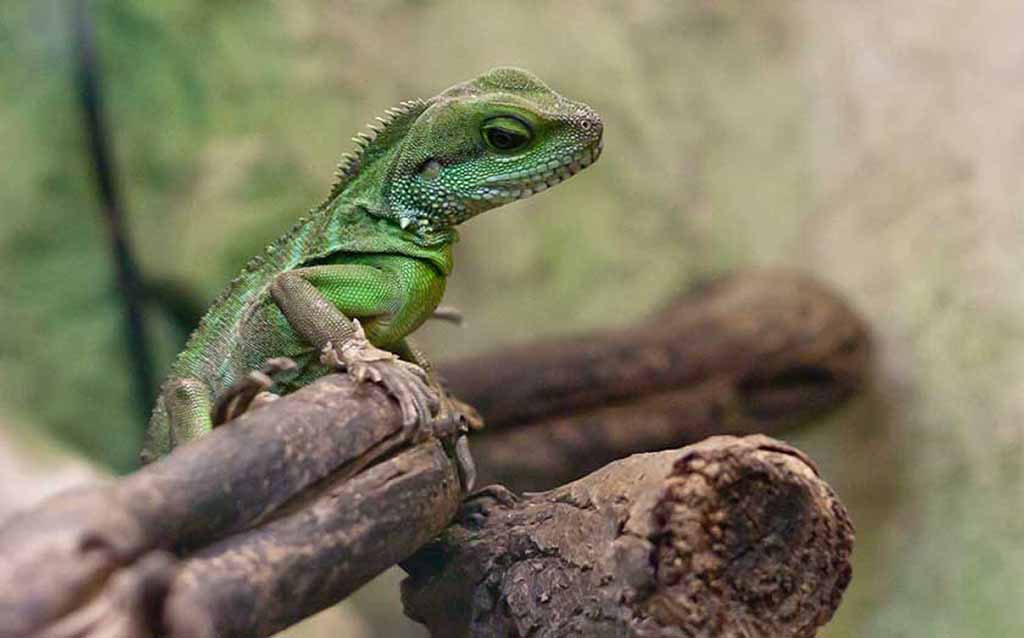
Do water dragons drink water
How Long Can a Water Dragon Stay in the Water?
One might think that with a name like ‘water dragons, they have a rather close link with water’, and guess what? You’re right! They are semiaquatic even if they live an arboreal life because they are often observed to swim in water frequently. Their appendages are streamlined, with flattened tails which help like rudders and their feet are like flippers to help them swim.
When threatened on land, they run to water, where they can live without breath for rather long durations. Some of these lizards, such as the Asian water dragons, have been known to be underwater for about 25 minutes while other lizards like the Australian water dragons can dive for up to one full hour! This underwater escape strategy enables them to disappear from their predators until the area is safe.
Water Dragon Care Sheet
| Aspect | Requirement |
| Enclosure Size | Minimum 55-gallon terrarium for Asian water dragons |
| Land Area | ⅔ of enclosure floor space |
| Water Feature | ⅓ of enclosure floor space, shallow enough for your water dragon to comfortably climb out |
| Substrate | Coconut fiber, reptile-bark |
| Basking Temperature | 90-95°F (32-35°C) |
| Cool Area Temperature | 75-80°F (24-27°C) |
| Lighting | UVB lamp for 12 hours a day, heat lamp for basking area |
| Humidity | 70-80%, maintained with misting and water feature |
| Diet | Mainly insectivores (crickets, grasshoppers), occasional small frogs, fish |
| Cleaning | Spot clean daily, full clean every 4 weeks |
The Final Word
Water dragons are beautiful lizards that can be wonderful companions if provided with proper care. This blog summed up all the basic essential facts and responsibilities about water dragons, specifically focusing on different types, natural environments, and suggestions for proper nurturing.
We looked at the Asian water dragon and gave the information about how to create a habitat taking into consideration both land and water. To remind you, the comfortable environment, the correct feeding, and the lightening schedule will help your water dragon to be happy!
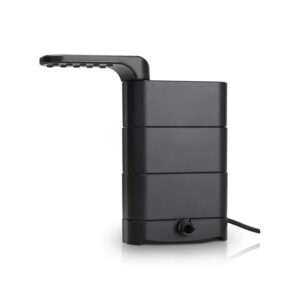
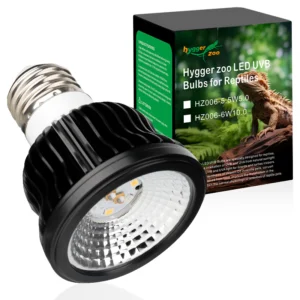
Leave a comment